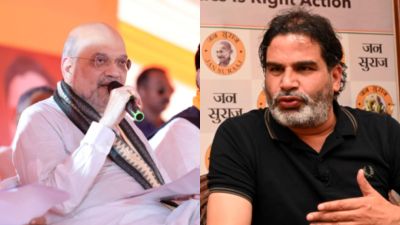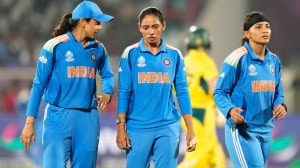Tamil Nadu make most of Chennai’s
What’s common to Sadagopan Ramesh, Dinesh Mongia, Hemang Badani, Mohd Kaif, Murali Kartik, Jacob Martin, Vikram Rathore, Nilesh Kulkarn...

What’s common to Sadagopan Ramesh, Dinesh Mongia, Hemang Badani, Mohd Kaif, Murali Kartik, Jacob Martin, Vikram Rathore, Nilesh Kulkarni, and Paras Mhambrey? Apart from being stars on the Ranji circuit, they all play club cricket in Chennai. So does Rahul Dravid, when he’s in the mood, and the entire Kerala Ranji team.
Tamil Nadu may have lost the Ranji final but their consistency through the season offers proof that a well-run, professional league will draw sponsors and money and eventually throw up good cricketers and good cricket. The irony is, of course, that standards in the more famous leagues of Mumbai are slipping (see box).
A passion for cricket, wedded to a Tamilian sense of order and detail, sparked interest among the corporate houses, which has had a positive fallout on the game as a whole. Apart from the Ranji campaign, teams from the state won the South Zone and All-India one-day championships while the under-25, under-22, under-19 and under-13 teams all made it to national finals.
On a larger canvas, it’s a message to those who run national cricket. Success doesn’t come cheap; the Tamil Nadu League has Rs 1 crore pumped in annually by corporate sponsors, attracting players and helping to maintain standards on the field and off it.
‘‘Corporate sponsorship is stronger than ever before, with companies not only supporting teams but also developing and maintaining cricket grounds and generally investing in the cricketing infrastructure of the state,’’ says Rajesh Puri, a member of Haryana’s 1991 team that won the Ranji Trophy and a regular in the TN League for the past decade.
‘‘It’s reflected in the grounds maintained by different business houses — each of the main grounds has as many as 10 wickets with proper nets facilities — various academies like the MRF Pace Foundation and the MAC Spin Academy, a whole host of coaching schools and the employment opportunities that it provides to first-class cricketers, at a time when remuneration from the game is good only for a few’’, Puri adds. True, says Kris Srikkanth, whose son Aditya represents Alwarpet Club in the league. ‘‘Apart from the stature of the players and the quality of the coaching, facilities in Chennai are among the best in the country.’’ What makes this league different to others? Puri has the answer: ‘‘Leagues in most states are not either conducted properly or do not provide sufficent match practice for the players.’’
Haryana, he points out, has just the inter-district Pataudi Trophy, essentially a selection tournament prior to the start of the Ranji season; Punjab has the Katoch Shield. ‘‘Otherwise, there’s very little cricket in these states.’’
The fierce rivalry between the corporate houses — MRF, Chemplast, India Cements, TVS, IOB, Southern Railways — breeds competition among the players and forces them to perform. ‘‘Since our interests are taken care of by the companies, we too are eager to perform,’’ says Murali Kartik, a league veteran of several years.
Kartik gives full credit to TNCA president N Srinivasan for changing the face of cricket grounds in the state. India Cements, of which Srinivasan is the MD, adopted the Guru Nanak College ground and transformed it from a wasteland into a wonderful ground in a matter of months, says Kris Srikkanth. The good, lively tracks also means better conditions for fast bowlers, so it’s no surprise that the likes of L Balaji and M R Shrinivas have flourished here of late.
(With inputs from Vinay Nayudu)






- 01
- 02
- 03
- 04
- 05

























